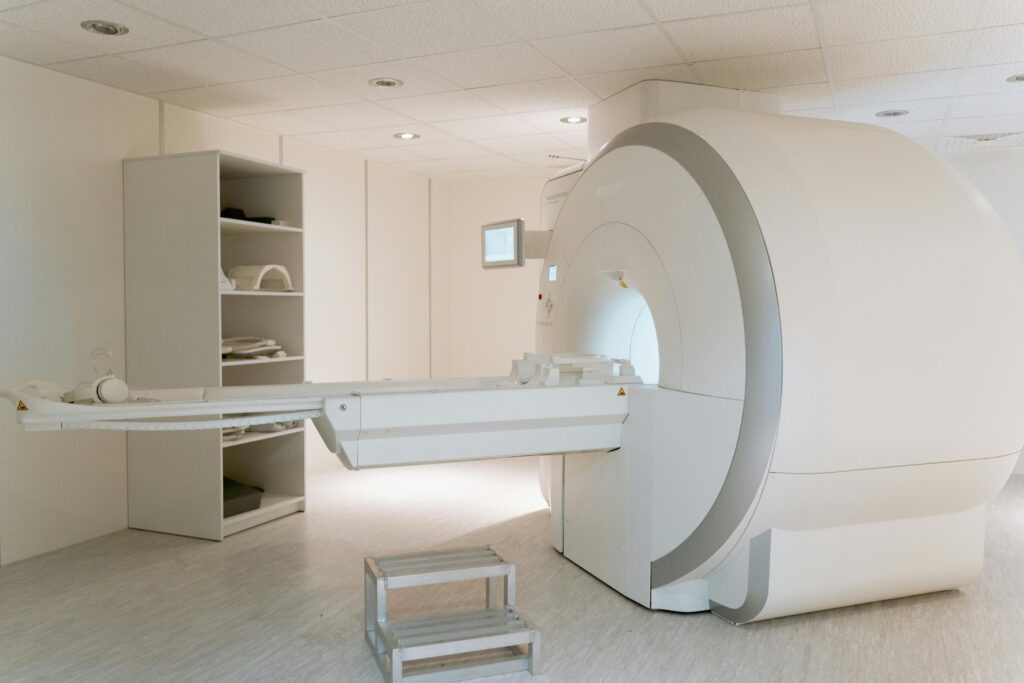The healthcare field is always looking for more practitioners to fill in the service deserts that we are seeing pop up more and more. Several states have been utilizing LMRTs (limited medical radiologic technologists) as a way to lessen the burden on the radiology field, but, to further reduce that burden, Texas has added in an additional relief in the form of NCTs. NCTs are Non-Certified Technicians/Technologists. While there is an overlap in duties between an NCT and an LMRT (licensed medical radiation therapist), their schooling, scope of practice, and pay are all vastly different. Read below to learn why!
Non-Certified Technician (NCT) X-Ray Tech
Education and Training Requirements: NCT programs are usually shorter, taking place over a couple of weeks. There a limited number of programs in Texas that are considered accredited programs, but pursuing them could make finding a job much easier in the end.
Scope of Practice: Responsible for operating advanced imaging equipment to capture high-quality radiographic images. Their primary duties include carefully positioning patients, adjusting the x-ray machine settings, and ensuring proper radiation safety protocols are followed. These skilled professionals must have a keen eye for detail, excellent technical aptitude, and a deep understanding of human anatomy to produce diagnostic-quality images that enable physicians to make informed medical decisions.
Average Pay: $54,000/year ($26/hour)
Career Outlook: As Texas is currently the only state using NCTs, a career outlook could look intimidating, If you are looking for steady work within the state or looking for a way to get started in the field before continuing education, then an NCT role could be the right opportunity for you!
Licensed Medical Radiation Therapist (LMRT)
Education and Training Requirements: Educational requirements for LMRTs can vary greatly, but they are usually boiled down to certificate programs or associate degrees. Certification programs can be completed within a year and associate degrees take, on average, two years. They both allow of LMRTs to practice, but companies accepting LMRTs often look for an associate degree from an accredited school first, so getting your foot in the door can be more difficult with a certification.
Scope of Practice: LMRTs have a broader scope of responsibilities, encompassing various imaging modalities beyond just x-ray. LMRTs are trained to operate CT scanners, MRI machines, ultrasound equipment, and nuclear medicine technologies, providing a comprehensive range of imaging services to patients, though they usually specialize in operating with a single procedure. Their duties are fundamentally similar to an ARRT/ARDMS certified Radiologic Technologist, but their licensure limits their field of practice.
Average Pay: 116,000/year ($55/hour)
Career Outlook: LMRTs are often found in specialty facilities. Here, they are able to focus on performing a smaller number of specialized procedures that their licensure covers. Major care facilities such as hospitals need techs who are able to an licensed to perform all types of scans, so LMRTs do not often fit the needs of facilities like these, though it is not impossible.
That being said, a major difference in career outlooks come down to two points. Primarily, LMRTs can practice in multiple states. This career path takes more time to kick off, but it allows for relocation, travel, and, potentially, more opportunities down the line. In the same mind set, the other reason the career outlook can differ so strongly is that schools for continued education are often more accepting of the schooling credits and experience that comes from LMRT programs, meaning that pursuing higher education down the line can be a much smoother transition for those who start as LMRTs.
If you are an NCT or an LMRT looking to pursue further education and licensure in the radiology field, the next steps to look toward would be in pursuit of ARRT or ARDMS licensure.
Both NCT x-ray technologists and LMRTs are essential members of the healthcare team, leveraging their specialized expertise to support accurate diagnoses and effective patient treatment. Their dedication to delivering high-quality, safe, and efficient imaging services is crucial in the ever-evolving landscape of modern medicine. If you are looking to pursue a career at any level as a healthcare professional, then check out our job page to apply directly to new roles! If you are looking for something a little different than what we have listed, send us an updated resume and a dedicated recruiter will reach out to you about fitting roles.




